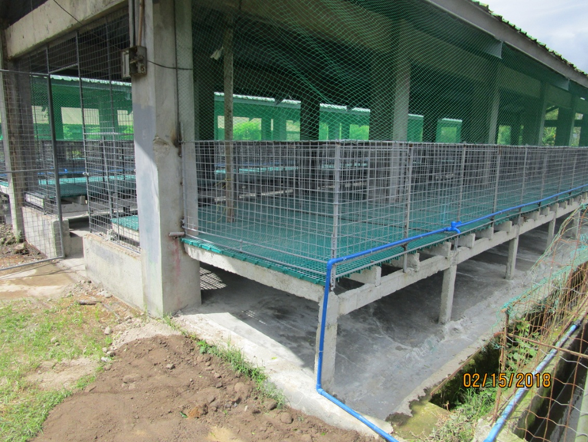Duck Industry Profile
The Philippine duck industry is valued at Php 5.1 billion, and it serves as a source of livelihood for more than 500 thousand families. The products from ducks are duck eggs and duck meat. For duck egg products, there are balut which is a boiled fertilized duck egg with a nearly-developed embryo, penoy which is an unfertilized duck egg, and salted egg which is produced by soaking duck eggs in brine. For duck meat, there are pekin, muscovy and culled layers.
A total of 11.8 million of duck inventory was reported by PSA for 2020, from which 7.8 million were grown in backyard farms and 4 million were grown in commercial farms. Central Luzon is the leading duck producing region with a total of 4 million ducks with 2.8 million are from commercial farms. The other leading regions are Soccsksargen, Western Visayas, and Calabarzon. The top region for duck eggs is still Central Luzon with 22,435 out of the country’s total of 50,484 duck eggs. Western Visayas and Northern Mindanao are the other top producing regions of duck eggs.
Problems in the Industry
The Philippine duck industry faces the challenges of high cost of inputs and unstable prices of duck and egg products, limited performance testing of ItikPINAS in strategic provinces/regions, limited product innovations, limited balut product safety standards and protocols, and absence of legitimate local duck meat industry.
Duck Policies
ISP for Duck
The PCAARRD Duck ISP has successfully developed three genetic groups of ItikPINAS (IP), namely IP-Itim, IP-Khahi and IP-Kayumanggi and has established breeder multiplier farms in CLSU, BAI-NSPRDC, WVSU, WMSU and DA RFO X1. Going forward, Duck ISP aims to increase average egg production, develop signature Philippine meat-type duck breeding populations, increase local duck meat production, and utilize duck meat production technologies by the private sector.















